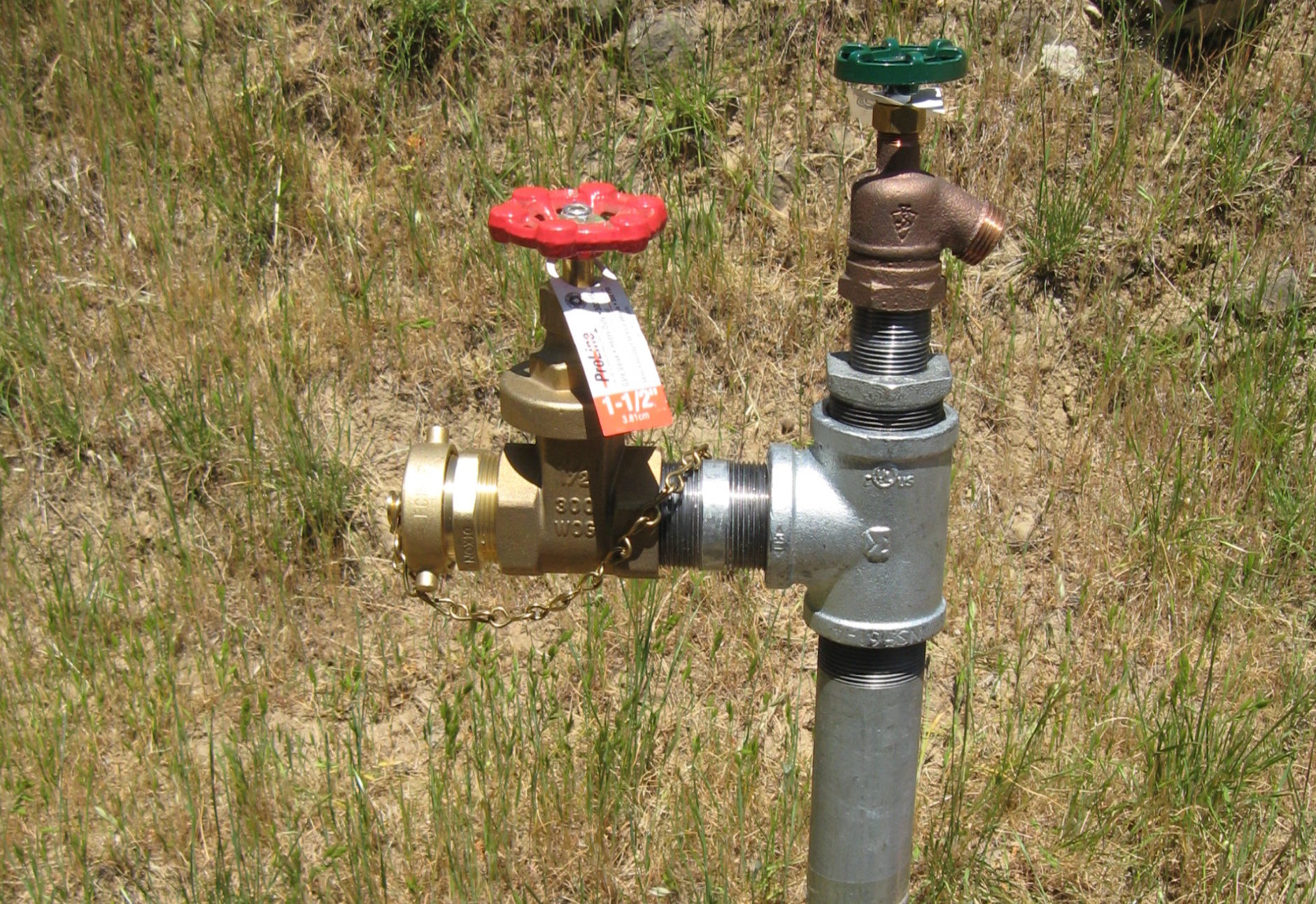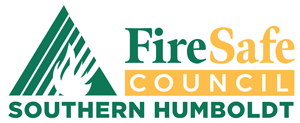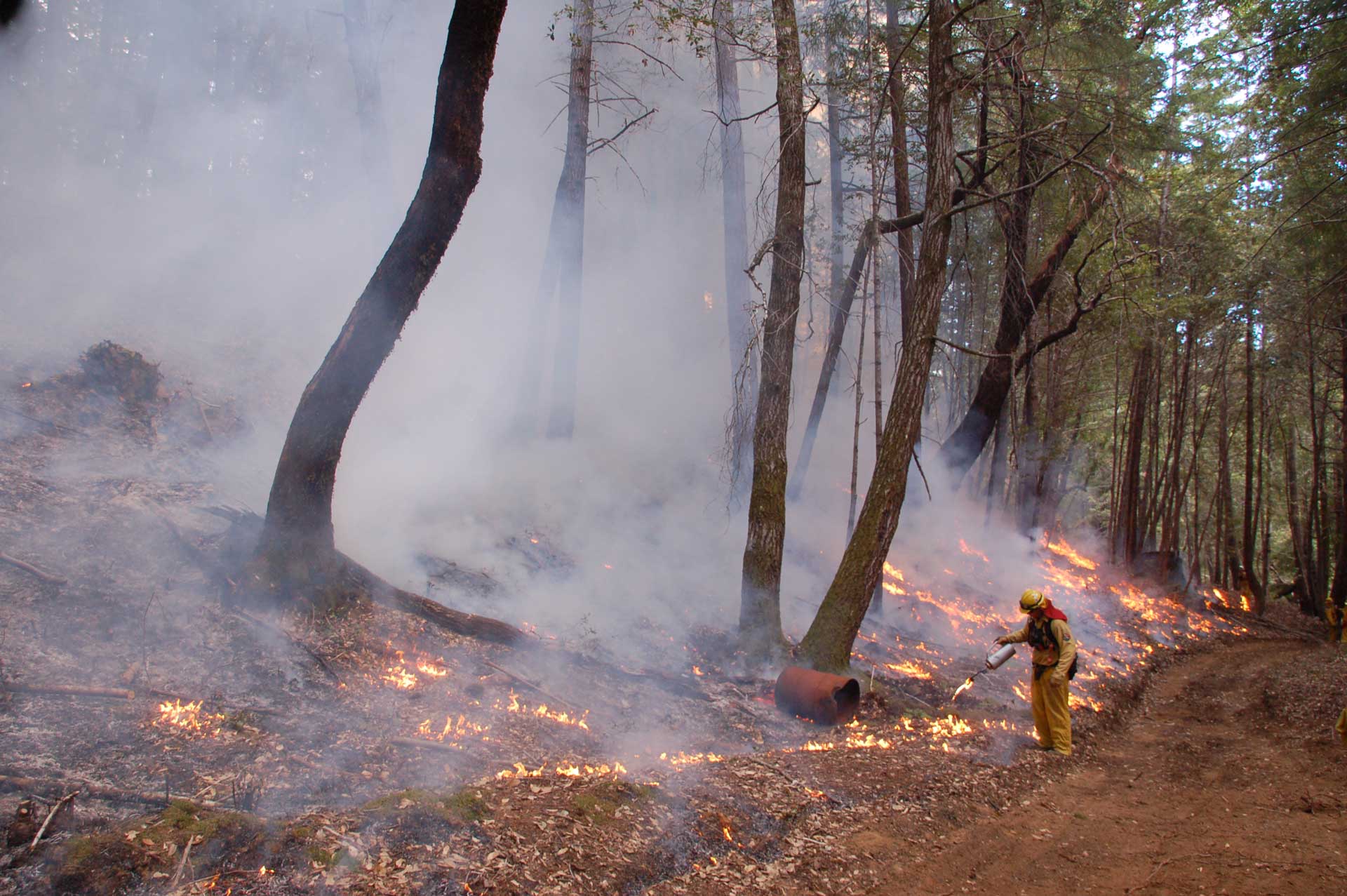Protect Your Home
Wildfires are inevitable. But it is not inevitable that your home will burn in a wildfire! Research shows that two things determine whether a building will burn down in a wildfire.
One factor is reducing fuel in the first 100 feet around the building, starting with addressing the fuels closest to the house.
The other factor is in the details of the building’s construction (design, materials) and your maintenance.
Defensible Space: The 100 Feet Around The Home
You can make the area around your house more resistant to fires that could set your house on fire.
Zone 0 (0-5 feet):
The most important zone is the first five feet out from the building. This zone should have nothing in it that could burn, resulting in flames touching your house’s siding or decks.
Zone 1 (5-30 feet):
The zone out to 30 feet out should be like a garden or park. It can have well-spaced plants with little resin or twiggy undergrowth, watered if you have the water. Remove brush on the ground, dead litter, low-hanging tree limbs—anything that could torch the canopy of your trees or parts of your house. Move firewood out of this zone. Mow and rake the grass.
Zone 2 (30-100+):
Working out to 100 feet from the building and your parking area, remove “ladder fuels” (brush, litter, lower branches that could allow fire to climb up into the canopy); thin shrubs, mow grass. If a fire approaches this area, the goal is to bring the fire back down to the ground from the crowns of the trees. This will produce lower flame heights and a more manageable fire. Where you can, increase horizontal spacing between trees or groups of trees in this zone.
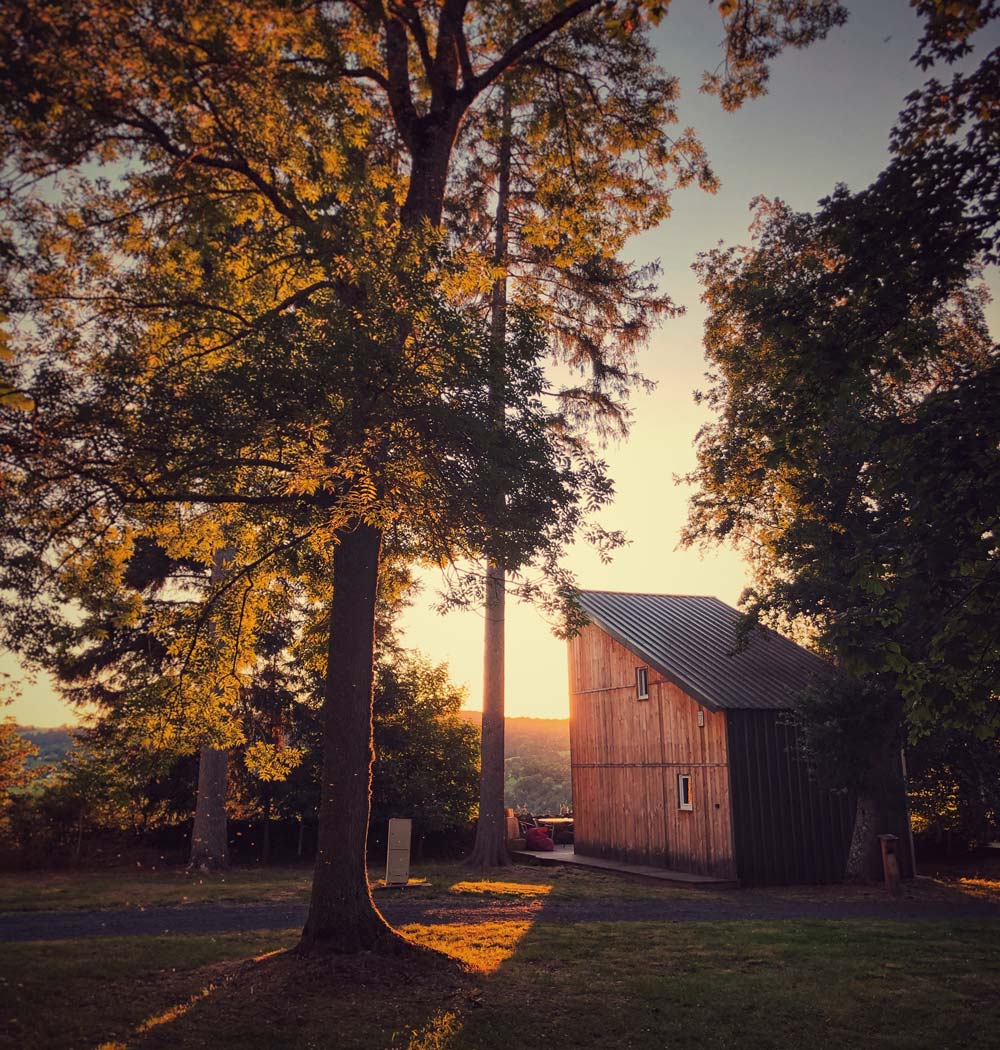
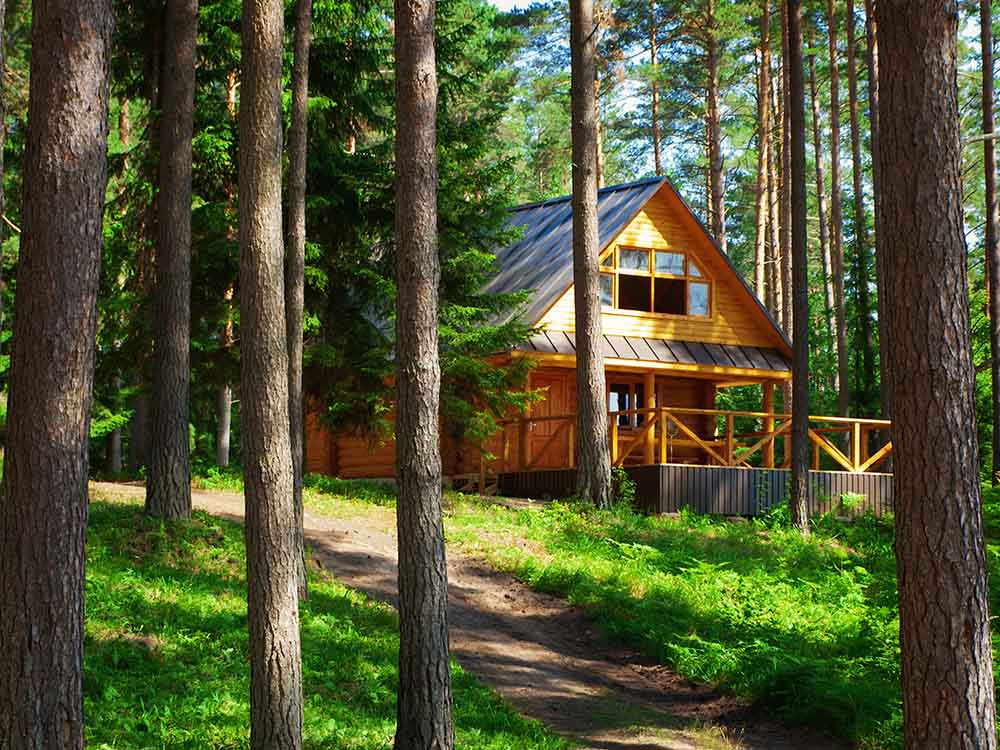
If your house is close to a forested area or your driveway is through a forest, a shaded fuelbreak effect may be warranted. In a shaded fuelbreak, the unbroken shade of the limbed-up trees suppresses brushy growth under the trees. See the California Board of Forestry guidelines for defensible space, which includes recommendations for shaded fuelbreaks.
For more on planting around your house, start with UC Extension’s well-illustrated page on plants in the home landscape:
Home Hardening
By paying attention to details of house construction and through regular maintenance, you can make your house less likely to catch on fire!
Embers or burning materials moved by wind are the primary contributors to a building burning in a wildfire. You can make your house less vulnerable, starting with some easy and inexpensive steps. Learn about your home’s vulnerabilities and about what you can do to fix them:
- UC Extension has an excellent page on “hardening” your buildings to fire, including lots of pictures and good information on decks.
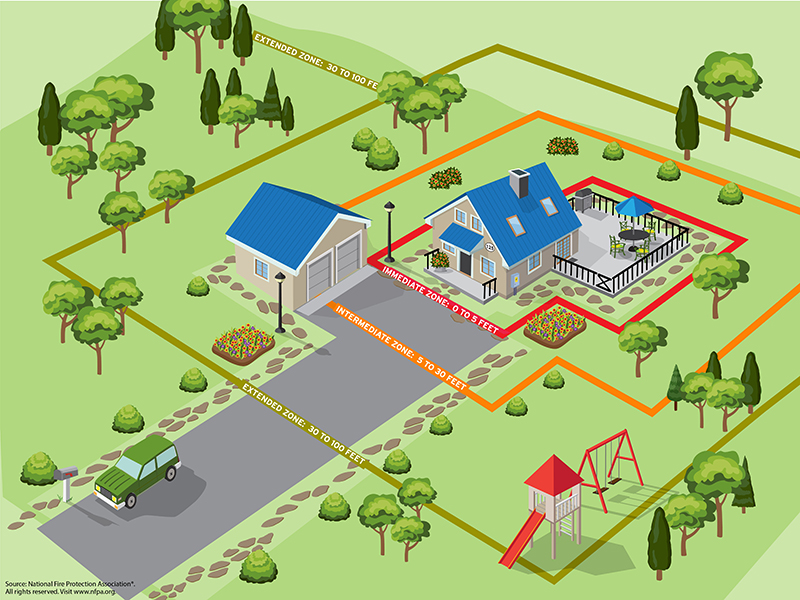
Yana Valachovic's Latest Home Hardening Presentation at the Redwood Playhouse on April 15th 2023
Yana Valachovic's Home Hardening Presentation With the Garberville Fire Safe Group on April 6th 2022
Home Hardening Video With Yana Valachovic
You can also watch one of Yana Valachovic’s video presentations on YouTube, again with lots of illustrations.
Water
-
You want plentiful fire water to be available for yourself and for firefighters. Have charged garden hoses with nozzles close to your house and outbuildings, to give you fast access. It’s easier to keep a little fire small if you get water on it quickly.
The Mendocino County Fire Safe Council posts this handout on Developing Water for Fire Protection. Learn about plumbing your water system for firefighters, and labeling it so that firefighters can find it.
